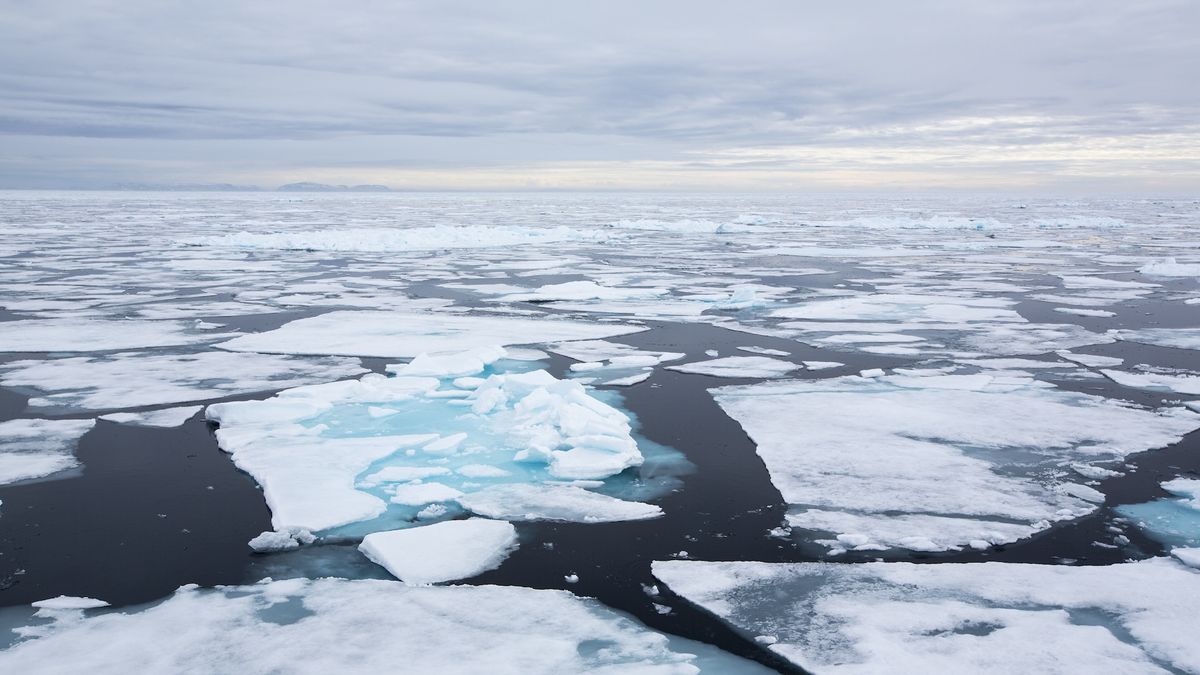Now Reading: North Pole May Shift 90 Feet West by Century’s End
-
01
North Pole May Shift 90 Feet West by Century’s End
North Pole May Shift 90 Feet West by Century’s End

Fast Summary
- Climate Impact on Poles: Melting ice sheets and redistribution of ocean mass due to climate change may shift Earth’s geographic poles up to 89 feet (27 meters) by 2100.
- Study Details: Researchers at ETH Zurich analyzed pole movement from 1900 to 2018 and used simulations based on human-caused climate scenarios. Greenland and Antarctic ice sheet melt had the largest influence in projections.
- Worst-Case vs Optimistic Scenarios: Under a high greenhouse gas emissions scenario, poles could shift up to 89 feet; under optimistic conditions, this could be reduced to around 39 feet (12 meters).
- Geophysical Context: The study notes that current human activities have contributed more than glacial rebound effects from past ice ages in shifting the planet’s poles, according to co-author Mostafa Kiani Shahvandi.
- Navigation Challenges: Earth’s rotational axis changes may disrupt satellite and spacecraft navigation systems relying on its stable positioning as a reference point for mapping locations accurately.
Indian Opinion analysis
The findings highlight the interconnectedness of global systems-how melting glaciers not only contribute directly to sea level rise but also impact Earth’s geophysical equilibrium,affecting pole positions. India, being highly vulnerable to climate change with extensive coastlines prone to flooding, must view these projections as an urgent call for action in reducing emissions and mitigating warming trends globally.
Additionally, any disruption in satellite navigation due to polar shifts might affect critical sectors such as aviation, telecommunications systems like GPS used for transportation logistics or defense coordination-all areas significant for India’s infrastructure resilience.
As one of the world’s largest emitters while simultaneously adopting aspiring green energy goals through initiatives like “Mission life,” India needs balanced policies that align technological growth with environmental sustainability measures. The emphasis should remain on collaborative international efforts addressing planetary-scale issues informed by studies such as this one-a stark reminder of humanity’s profound influence on Earth’s natural cycles.
























